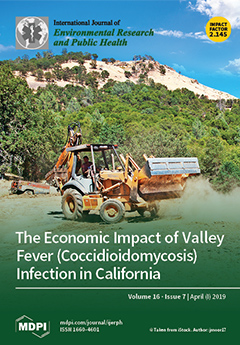A nationwide investigation was carried out to evaluate the geochemical characteristics and environmental impacts of red mud and leachates from the major alumina plants in China. The chemical and mineralogical compositions of red mud were investigated, and major, minor, and trace elements in
[...] Read more.
A nationwide investigation was carried out to evaluate the geochemical characteristics and environmental impacts of red mud and leachates from the major alumina plants in China. The chemical and mineralogical compositions of red mud were investigated, and major, minor, and trace elements in the leachates were analyzed. The mineral and chemical compositions of red mud vary over refining processes (i.e., Bayer, sintering, and combined methods) and parental bauxites. The main minerals in the red mud are quartz, calcite, dolomite, hematite, hibschite, sodalite, anhydrite, cancrinite, and gibbsite. The major chemical compositions of red mud are Al, Fe, Si, Ca, Ti, and hydroxides. The associated red mud leachate is hyperalkaline (pH > 12), which can be toxic to aquatic life. The concentrations of Al, Cl
−, F
−, Na, NO
32−, and SO
42− in the leachate exceed the recommended groundwater quality standard of China by up to 6637 times. These ions are likely to increase the salinization of the soil and groundwater. The minor elements in red mud leachate include As, B, Ba, Cr, Cu, Fe, Ni, Mn, Mo, Ti, V, and Zn, and the trace elements in red mud leachate include Ag, Be, Cd, Co, Hg, Li, Pb, Sb, Se, Sr, and Tl. Some of these elements have the concentration up to 272 times higher than those of the groundwater quality standard and are toxic to the environment and human health. Therefore, scientific guidance is needed for red mud management, especially for the design of the containment system of the facilities.
Full article





